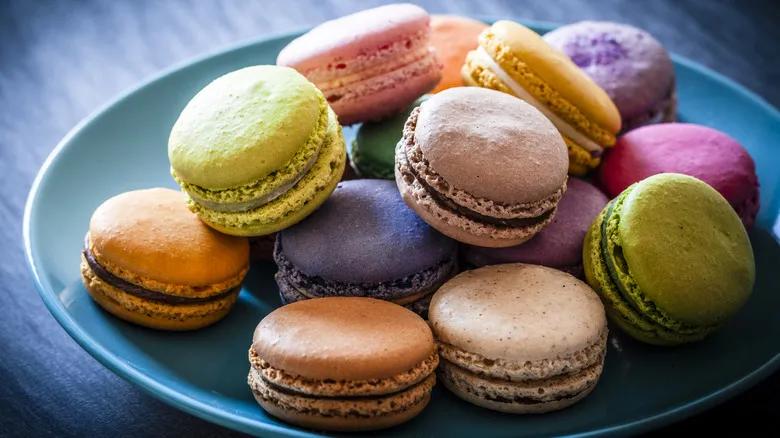The pros and cons of these colorful dyes
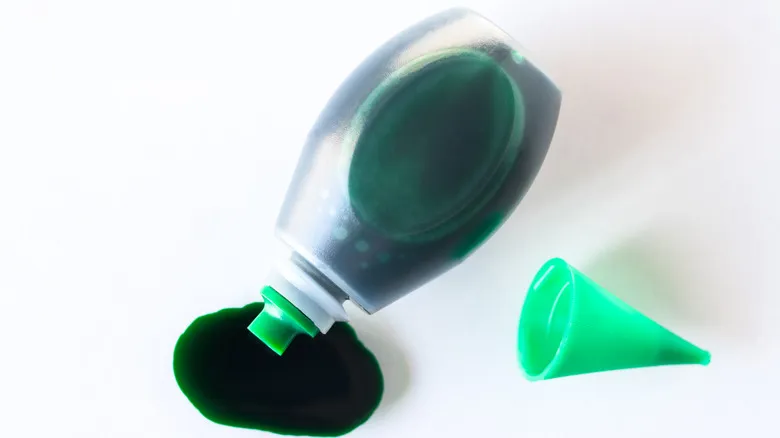
Beyond the differences in color, let's explore the unique advantages of both liquid and gel food coloring to help you choose the best option for your cookies. Liquid food colorings are typically more widely available in grocery stores, making them generally more affordable than gel options. However, gel dyes are more concentrated, which can make them more cost-effective over time since you need fewer drops to achieve a vibrant color.
Now, let's consider the drawbacks. Liquid food colorings usually produce lighter shades compared to gel, which means you may need to use more to reach your desired hue. This can be a disadvantage if you're aiming for bold colors in your cookies, as excessive dye can also affect the flavor or texture of your recipe. On the other hand, gel dyes can be harder to find than their liquid counterparts. Additionally, some gel colorings are extremely concentrated, making it easy to accidentally use too much. They require a bit more precision, so you'll need to be cautious when adding the dye.
How to use these dyes in your kitchen
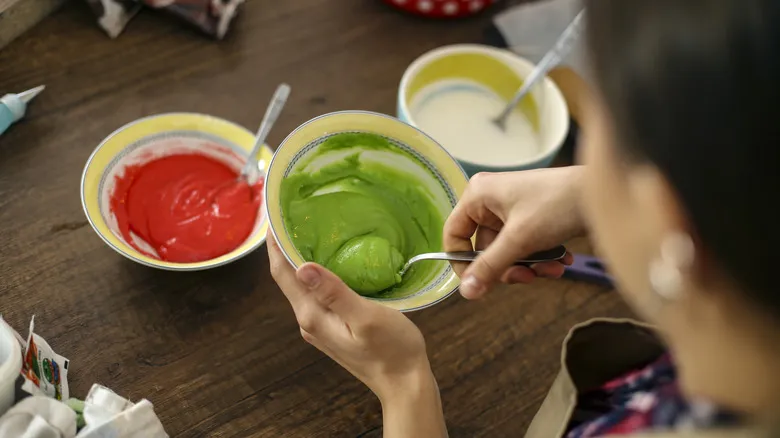
In addition to being used in cookie recipes, liquid food coloring is commonly employed to color ice cream or Easter eggs, giving these treats their characteristic soft, pastel appearance. On the other hand, thick gel dyes are more effective in cake batters and candy mixtures. However, it's advisable to avoid using gel dyes in stiff doughs or batters, as their concentrated consistency can make them challenging to incorporate. This is why liquid food colorings are often a better option for cookie recipes, where the dough tends to be stiffer compared to other baked goods.
Conversely, gel dyes are ideal for enhancing icings for cakes or cookies, coloring cream fillings, and other softer mixtures like muffin batter. Ultimately, the choice of food coloring for your cookies depends on how you plan to incorporate it into your recipe. Trust your instincts when making this decision.
Recommended
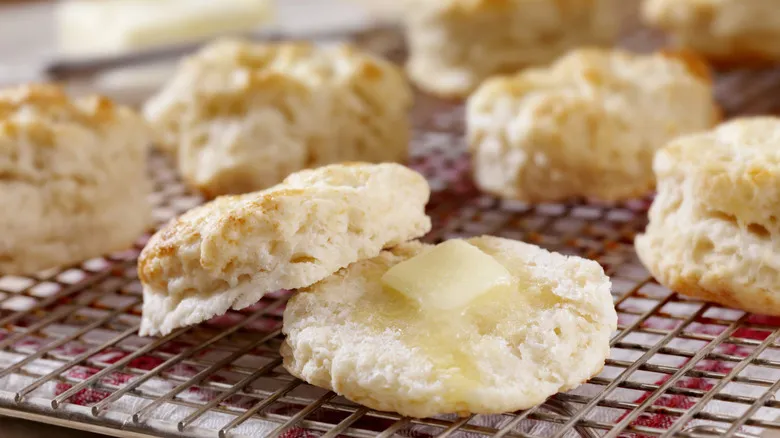
Room Temperature Vs. Cold Butter: Which Is Better For Biscuits?
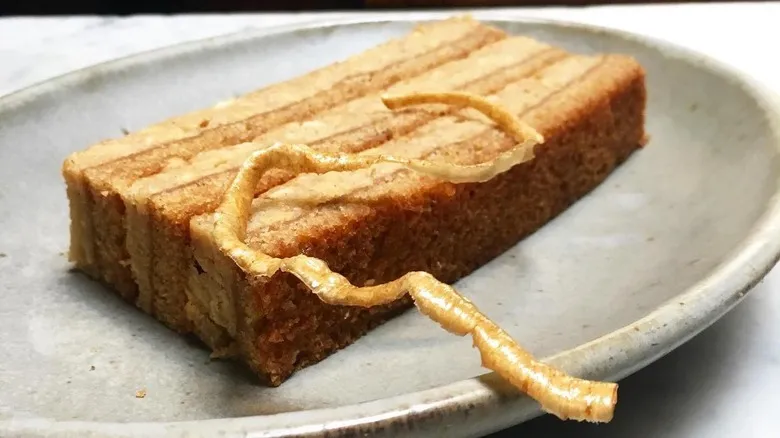
The Underrated Vegetable That Belongs In Your Cakes

The Banana Bread Gordon Ramsay Says Is So Good 'It Makes You Curse'
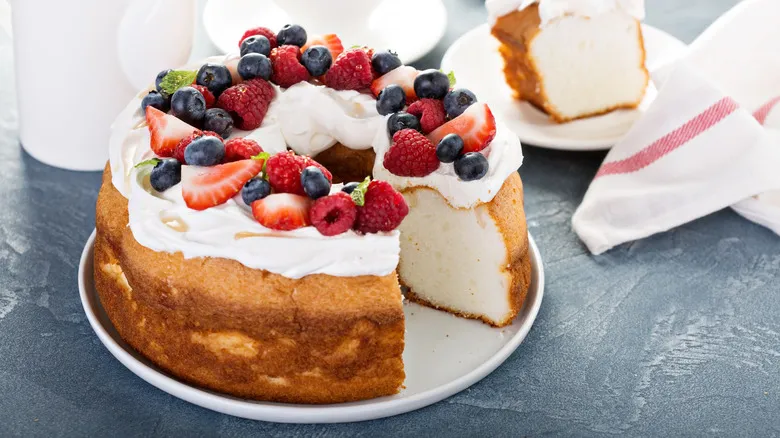
Make Angel Food Cake So Much Easier With One Extra Ingredient
Next up

